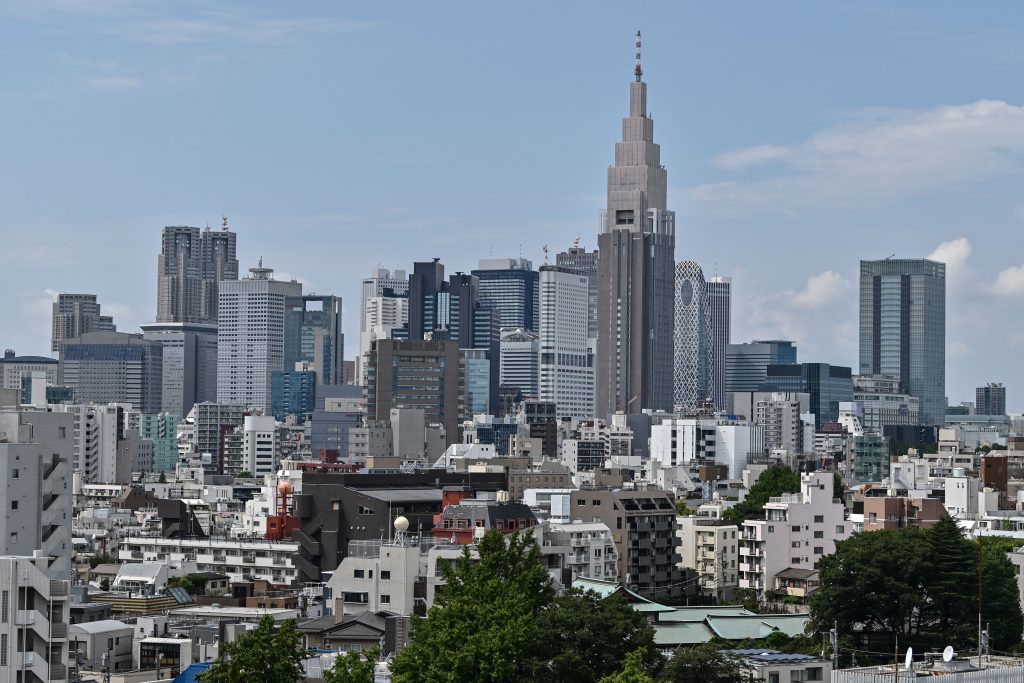
- ARAB NEWS
- 02 Aug 2025

TOKYO: The occupancy rate for hospital beds for patients of the COVID-19 disease caused by the novel coronavirus topped 50 percent in eight of Japan’s 47 prefectures as of Wednesday last week, the health ministry said Tuesday.
The rate is for beds that are supposed to be secured during the infection peak. A figure of 50 percent or higher is recognized as representing Stage 4, the worst level on the four-tier scale for gauging the degree of the spread of the coronavirus. Stage 4 indicates that infections are spreading explosively, and areas in the stage can be covered by a state of emergency.
The eight prefectures are Tokyo, eastern Japan’s Gunma and Saitama, Aichi in central Japan, and Shiga, Osaka, Hyogo and Hiroshima in western Japan.
Hyogo had the highest rate, at 67.3 percent, up 5.4 percentage points from a week before, followed by Osaka, at 64.4 percent, up 0.6 point, Aichi, at 63.5 percent, and Tokyo, at 61.4 percent. The rate came to 55.2 percent in Gunma, 55.9 percent in Saitama, 51.4 percent in Shiga and 55.2 percent in Hiroshima.
Besides the eight, 22 prefectures saw their rates exceed 20 percent, an indication that they are in a Stage 3 situation with a rapid increase of infections. The rate stood at 40.4 percent in Chiba Prefecture, east of Tokyo, and 28.4 percent in Kanagawa Prefecture, south of Tokyo.
The Japanese government is expected to declare a coronavirus state of emergency again for Tokyo and the three neighboring prefectures of Saitama, Chiba and Kanagawa later this week in response to a surge in new infection cases.
The ministry also said that 11 prefectures saw the occupancy rates of over 20 percent for hospital beds for COVID-19 patients with severe symptoms. The rate stood above 50 percent in Tokyo, Osaka and Nara Prefecture, western Japan. Tokyo’s rate rose 7.2 points to 75.8 percent.
On Tuesday, Kanagawa Governor Yuji Kuroiwa said the prefectural government has asked local medical facilities that accept coronavirus patients to postpone by about one month hospitalizations of and surgeries for non-coronavirus patients in conditions that are not urgent.
He made the request as more and more beds for COVID-19 patients at medical institutions in the prefecture are being occupied.
“The measure is necessary for protecting the lives of residents and the regional medical system,” Kuroiwa said, seeking people’s understanding and cooperation for the request.
Fifty-nine medical facilities are subject to the request, which is expected to cover relatively minor treatments, such as plastic surgeries and operations to remove benign polyps.
Meanwhile, the governor called on people not to hesitate to visit medical institutions for the treatment of potentially life-threatening conditions and diseases, such as acute illnesses and cancer.
JIJI Press